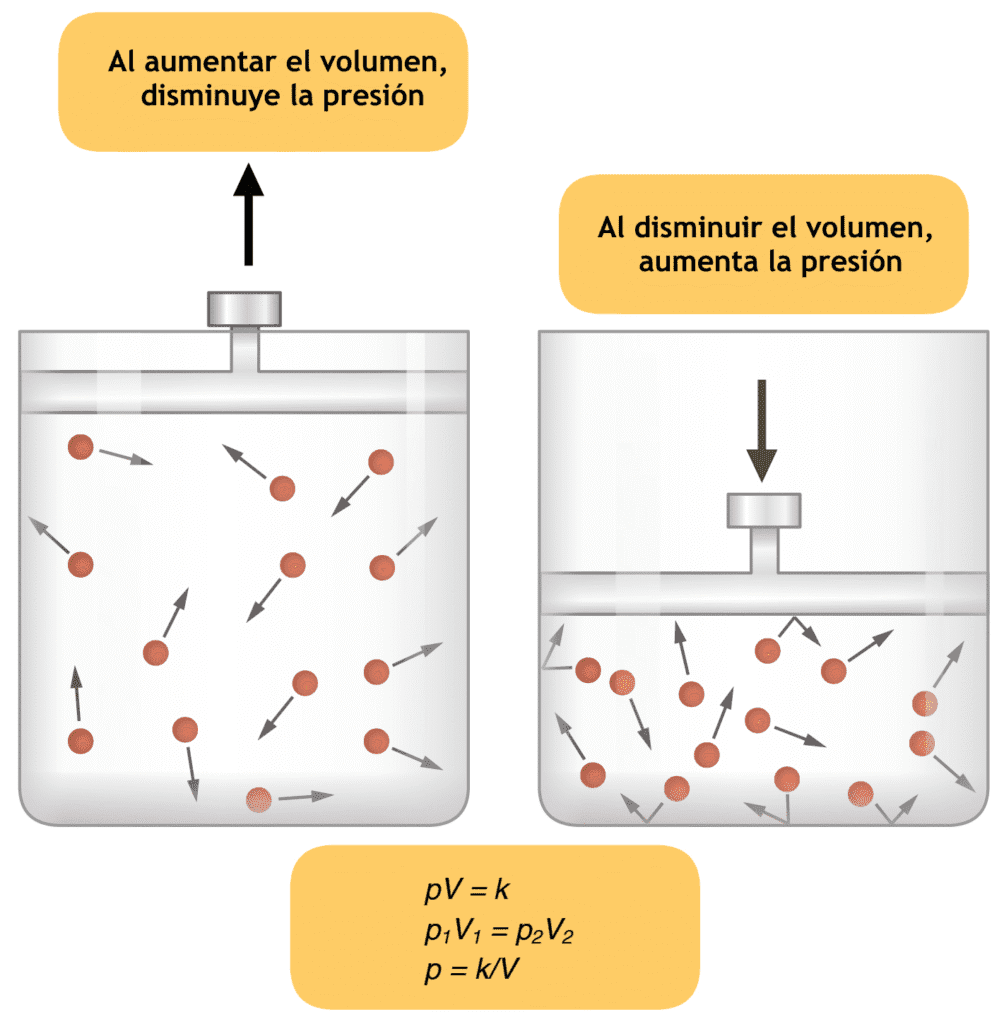Autonomic dysreflexia is an acute syndrome that frequently occurs in spinal cord injury (SCI) patients with a level usually above T6.
It is characterized by excessive unmodulated sympathetic outflow in response to noxious stimuli below the spinal cord level. This can lead to dangerous elevations of blood pressure with disastrous clinical sequelae.
Pathophysiology of Autonomic dysreflexia
In both normal and SCI patients, noxious stimulation of peripheral sensory receptors (i.e., bladder distention) will activate afferent pathways to produce a sympathetic response.
The sympathetic outflow stimulates peripheral vasoconstriction, thus elevating arterial blood pressure. Arterial vessel baroreceptors are then activated and signal brain-stem inhibitory pathways that descend the spinal cord to limit the sympathetic outflow and prevent excessive arterial vasoconstriction.
The brain-stem inhibitory centers increase vagal stimulation to the heart, resulting in bradycardia. In SCI patients, vagal output to the heart still occurs; however, brain-stem inhibitory descending pathways that limit sympathetic outflow are blocked in the spinal cord at the level of the spinal cord lesion. This results in excessive vasoconstriction and markedly elevated blood pressure.
Symptoms and Signs of Autonomic dysreflexia
The main clinical signs and symptoms of autonomic dysreflexia are related to both the excessive sympathetic output below the spinal cord level and from compensatory parasympathetic output originating from above the spinal cord level.
Profound hypertension occurs because of excessive peripheral vasoconstriction, and the skin will appear cool and clammy below the spinal cord level.
Above the spinal cord level, parasympathetic output may result in vasodilatation of blood vessels, resulting in a pounding headache, skin flushing, sweating, and nasal congestion.
Other symptoms of Autonomic dysreflexia that the patient may report include visual spots, blurry vision, and anxiety.
The elevated blood pressure may lead to a host of clinical sequelae, including intracranial hemorrhage, seizures, hypertensive encephalopathy, cerebral edema, atrial fibrillation, pulmonary edema, renal failure, coma, and death.
Precipitating Factors
Multiple stimuli may trigger autonomic dysreflexia. The general categories include bladder and urinary tract, gastrointestinal, dermatological, skeletal, reproductive, and hematological sources.
The most common specific triggers for autonomic dysreflexia are thought to be from bladder distension and fecal impaction (Table 185.1).
Autonomic dysreflexia Treatment
Immediate assessment of blood pressure should be made in patients with symptoms of autonomic dysreflexia. Normal blood pressure in quadriplegic patients is about 90 to 110 mm Hg systolic in the sitting position.
Generally, a blood pressure above 150 mm Hg in adults warrants pharmacologic treatment. The patient should be moved to the upright position and legs lowered to allow for pooling of blood in the lower extremities, which may reduce blood pressure. Any constrictive clothing should be loosened.
The blood pressure should be checked every few minutes. Pharmacologic treatment of blood pressure should be done by using rapid-onset short-acting agents. Immediate-release nifedipine 10-mg capsule is a preferred agent.
This should be taken by a bite-and-swallow method to facilitate absorption. However, sublingual nifedipine is not advisable. Other medications that can be used include nitropaste, nitroglycerin, hydralazine, and sodium nitroprusside.
While blood pressure is being stabilized, a prompt search for the precipitating cause of autonomic dysreflexia should be made.
Since bladder distension is thought to be the most common trigger, a trial of bladder catheterization should be done if no indwelling catheter is already present.
A solution of 2% lidocaine jelly should be instilled into the urethra before this is done. If the patient of Autonomic dysreflexia already has an indwelling catheter, it should be checked for obstructions along the entire length. If blocked, the catheter should be irrigated with normal saline.
If no problems are found with the bladder, a rectal exam and abdominal radiograph must be performed. If fecal impaction is ruled out, a systematic search for the causes listed previously must be undertaken.


VERY NICE REVIEW!!